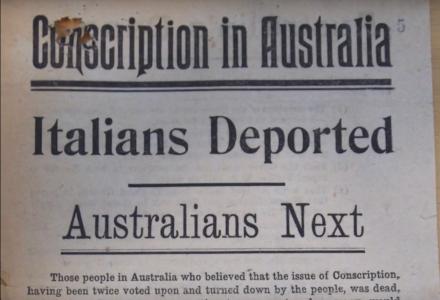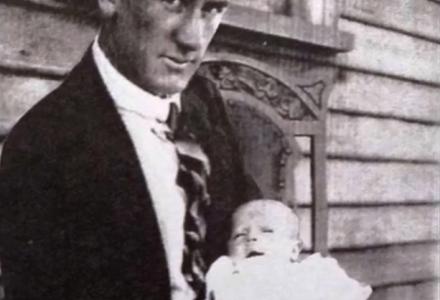Within a few months of the war ending, the Mayoress of Adelaide convened a meeting in the Town Hall. Its purpose was to raise a women’s war memorial and all the principal charities and patriotic associations were involved. The League of Loyal Women, as they called themselves, faced the usual debates and choices. Should their memorial be utilitarian or monumental, a hospital or some ‘symbolical figure’, where was it be sited, how was the money to be raised?
The women rejected a site on North Terrace where South Australia’s official war memorial was eventually to be raised. They chose instead a parkland, bordered by the river and the cathedral, and here, they decided, ‘a garden of memory’ might be made. And not just any garden either. Having lost two brothers in the war, one in Gallipoli and one in France, Dorothy Gilbert had a very clear idea in mind.
Hedged with yew and cyprus, fragrant with rose and rosemary, it would ‘[c]reate for us in miniature, in the heart of our city, a garden which should instantly call to mind those other gardens covering many an area of Northern France and on the slopes of Gallipoli’.
Recreating the cemeteries of Europe in a stretch of Adelaide parkland was not to be thought ‘morbid’. As Gilbert and many others saw it, it strengthened a sense of belonging to an Empire so many had died for. And it made possible an imaginary pilgrimage—not an actual voyage, but a journey of the heart and the mind.
‘The graves of the front,’ Dorothy Gilbert declared, had been linked forever ‘with the homeland’. And the Garden of Remembrance had laid their memory to rest.



